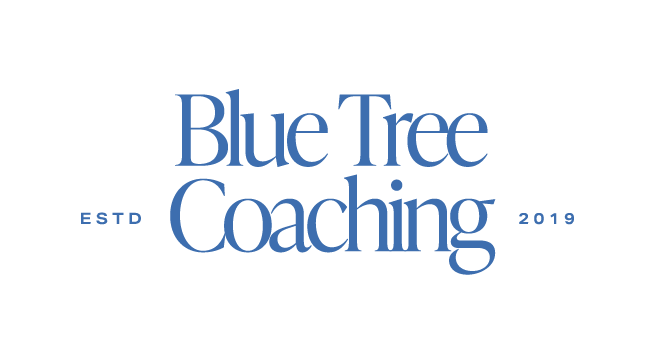CATEGORIES
The average adult makes approximately 35,000 decisions in a day. That takes tremendous brain activity, and we haven’t even considered whether these are smart or wrong decisions. Many of these daily decisions are made automatically, beneath the level of our conscious awareness (I’ll pick this mug for my morning coffee and wear these shoes to work). Others require more deliberation and conscious thought (should I stay in this relationship? Go live on Instagram today to promote my side hustle?). There is a lot of value in making decisions, as unmade decisions creates a lot of mental clutter and wasted energy. They also create what’s known as “decision fatigue.”
We need a lot of energy and focus when making decisions and when we don’t, we exhaust our poor brains. This often creates feelings of emotional overwhelm and confusion.
The first step to getting out of decision fatigue is simply to recognize that decisions are to be made. If you feel overwhelmed or confused, ask yourself if there is an unmade decision swimming around in your head. And if the answer is no, go a step deeper and ask yourself whether you’ve made a decision but aren’t sticking to it. A lack of commitment to our decisions will also clog up our brains.
If you’ve got some tough decisions to make, here are some easy tips to get out of indecision (or an uncommitted decision):
First, set a deadline by which to make a smart decision.
This exercise is actually a micro-decision that will get your decision-making process juices flowing. Put it into your planner. And treat it like a meeting with your boss (which it kind of is).
Next, take a piece of paper and list out all of the options.
For example, say you are trying to pick a niche for your new coaching side hustle. The options that have floated around in your mind are career coach for women in midlife, life coach for women going through a divorce, or weight loss coach for women over forty. Whatever you think of these options, getting them out of your head and onto a piece of paper can be very clarifying.
Third, cross off any of the options that are a definite no.
For example, maybe you know that talking about and coaching weight loss would drain your energy. Now you’ve just got two options left. You want to whittle your list down to two or three at most.
Next, for the remaining options, list all the reasons you would choose this one.
I like to think of this as a pro-and-pro list, not a pro-con list. Be exhaustive here. Ask yourself, “why else would I choose this?” until this feels like a complete decision of choice.
For example, maybe you would pick career coaching because you believe it would be easier to sell. And because you have professional experience mentoring people on their career choices. Maybe you would pick divorce coaching because it’s something you could have used during a divorce. And now that you’re through it, you want to help others have mental clarity as they face emotional, financial, and even physical fallout. Also, because it feels like your true passion and purpose,
Fifth, circle the reasons you love.
Perhaps you don’t want to pick a niche just because you think it will be easier to sell. You’d rather pick the niche that taps into what you feel more intrinsically motivated to do.
Finally, make a smart decision based on a conscious choice of what you have circled.
Decide that you will not second guess yourself and will move forward with your selected decision as if you already knew it would be the right decision for you.
This system works whether you’re making a business decision or a personal decision. It can clear away the mental drama and its effects around clutter that will ensue when unmade decisions remain in your personal life.
Just as important as making a firm decision is sticking to it. Of course, this is not a rule that must be followed without any intellectual discernment or assessment of the decision. A famous Buddhist quote reads, “no matter how far you have gone on the wrong road, turn back.” Sometimes we should change course because we went down the wrong road. However, what I see clients do far more often is resist making daily decisions in the first place or make decisions tepidly, which results in them having disciplinary issues and still acting like they are stuck in indecision (because, in a very real way, they are).
How can we tell the difference between a “wrong road” and a decision we should commit to? In a word, discernment. It’s critically important that we think with intellectual rigor about our decisions. This does not need to be time-consuming. Discernment can happen in a moment. It’s more of a focused mental practice that we will improve the more we engage in it.
It’s equally true that we can simply decide that a decision is the “right one” and, if we believe this, we will create evidence to prove this is true. This is actually how our brains work! We seek evidence for what we believe. In the infamous words of researcher Carol Dweck, “what we believe is what we achieve.”
So, make your decisions with care, using the above six-step process. But make your decisions fully. Commit to them. And then show yourself they were the right decision for you.

